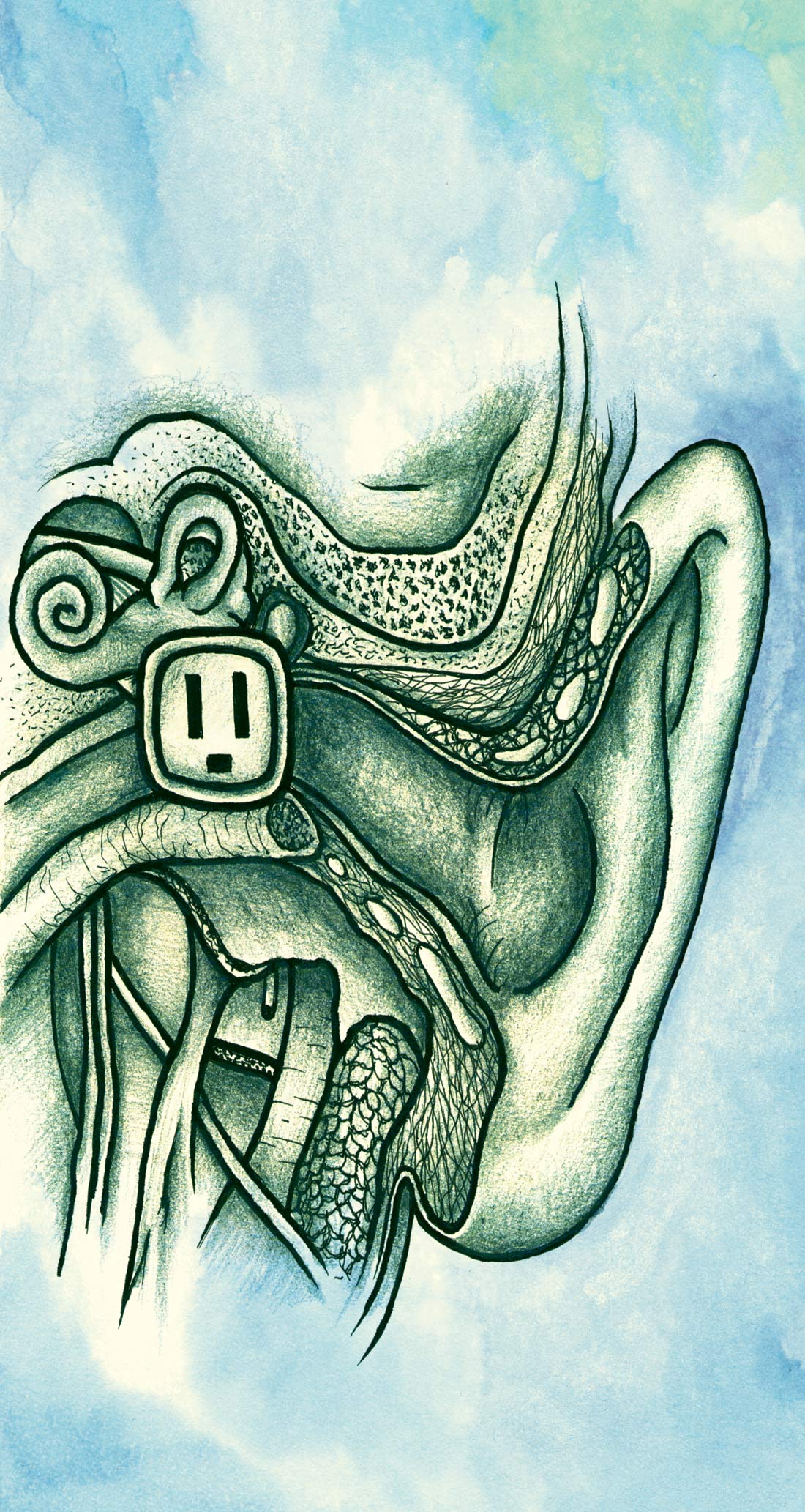Considering the number of channels (24 in/out up to 48 kHz, twelve up to 96 kHz), the EC-2 is by far the least expensive set of 96 kHz-capable converters on the market. The inputs and outputs are fully differential, which reduces noise compared to other cheaper balancing methods (like on the stock converters). The upgrade specs out better at 44.1 kHz than the stock converters do as well. If you run an unbalanced studio, you will have to re-calibrate however. I saw AKM converters on the boards if you're curious. An HD24 with the EC-2 upgrade is the same as an HD24XR. At 88.2 and 96 kHz, these are 12-track recorders. Up to five can be linked for 60 total tracks. The EC-2 is a complete converter replacement. You pull two boards out and put two boards and a daughterboard in. The assembly is not keyed. It is possible to install the components incorrectly and fry everything. I did this. Take the manual's advice and have your dealer do the upgrade.
The upside of this incident is that I got to experience Alesis' tech support-the best I've seen in I don't remember when. And that was before they knew I was reviewing their stuff. If you've ever got a problem, I guarantee you can count on that crew. On the Audio Precision bench, basic specs turned out to be better than published. At 96 kHz, frequency response was ruler flat from below 20 Hz to past 40 kHz. THD was .0022% in the worst case. Measurements were at +15 dBu. Clipping is a little above +19 dBu. The red clipping lights turn on precisely when distortion starts. 96 kHz sampling puts the mandatory analog brick wall filter out of audible range: at ~40 kHz. I used to think that the ~20 kHz filter used at 44.1 kHz was out of our hearing range, but it is not; it smears the phase of a lot of stuff below it. With a filter at ~40 kHz, even the smearing is out of our range. We are most sensitive to phase-smearing of transients. Therefore, cymbals should sound a lot better at 96 kHz. I recorded drums in mono to find out. Oh yes they did. I A/B listened to roughly the same passage at 44.1 and 96 kHz. The cymbals seemed twice as loud at 44.1 and harsh by comparison. 96 kHz was smooth and natural. That was all I really needed to hear-I'm sold. Being told only "listen to the cymbals," a non-technical musician listened blind. She said she heard a big difference and that "the second passage (44.1 kHz) had bigger, splashier cymbals." When it comes to bang for buck, Alesis still dominates. I'm glad there are cool people working there too. Special thanks to Gary Hull (www.tranceaudio.com) for the bench testing and Universal Audio for letting us use the Audio Precision unit. ($999 MSRP, $799 street; www.alesis.com)




_disp_horizontal_bw.jpg)